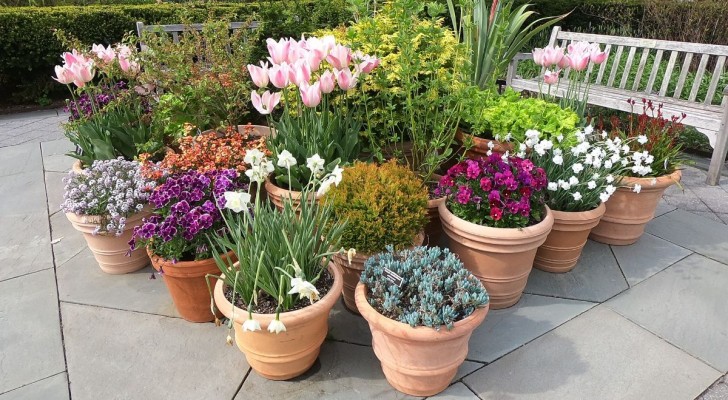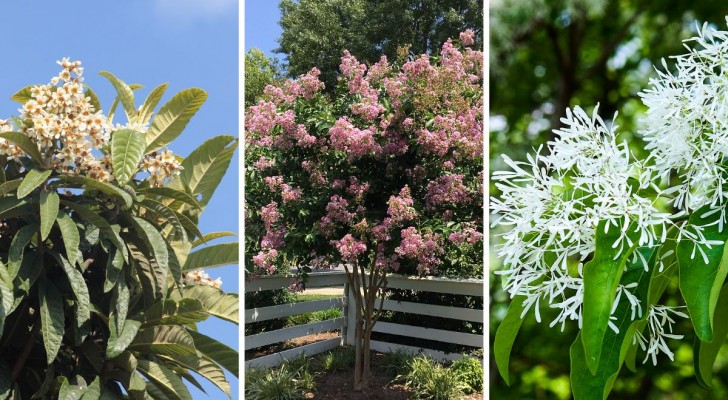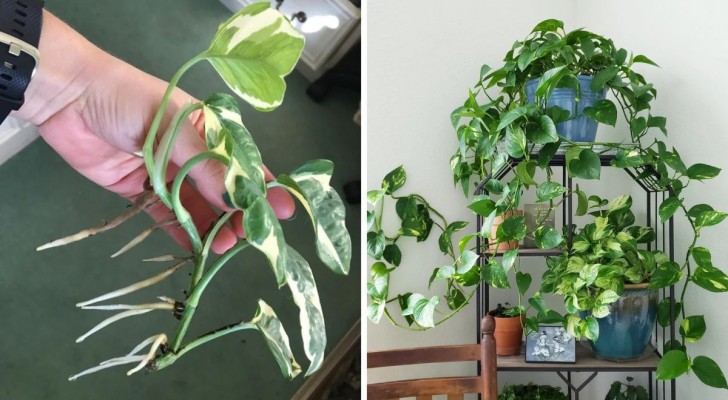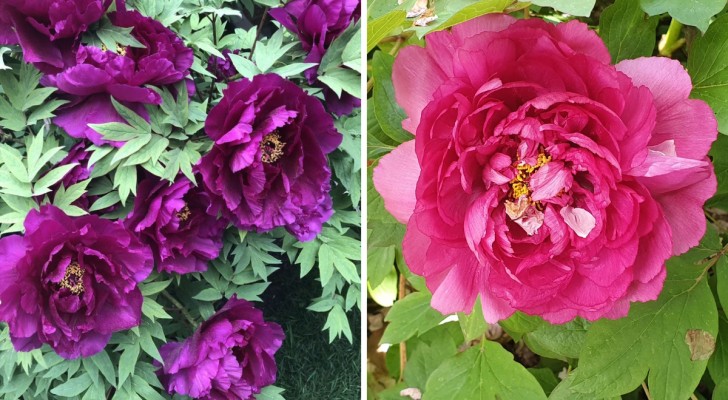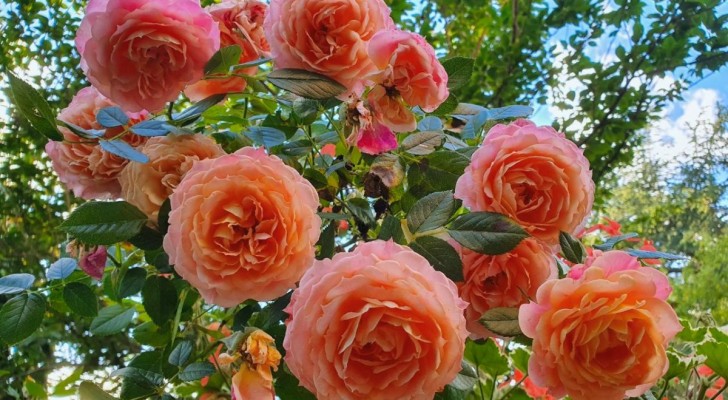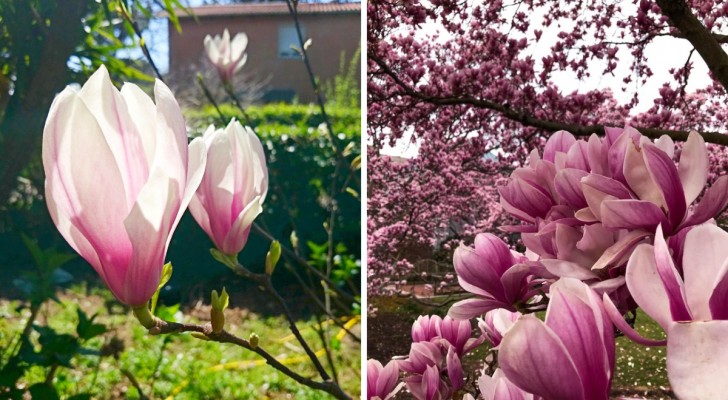A lot of beauty with little effort: the steps to follow to create a drought-resistant garden

Traditionally, the concept of a beautiful and successful garden coincides with the image of a green lawn and trees and plants that enliven the landscape in different ways, depending on taste and location. That ideal always retains a charm, but also requires constant care which, amongst other things, leads to a large consumption of water, especially in the summer.
However, climate change often makes it difficult to maintain certain standards, and although this may lead to a landscape with less "fresh", green patches, it does not mean that we must deprive ourselves of nature's beauty.
The desire to reduce management costs (and fatigue!) can become an opportunity for a fascinating challenge: to think about creating a beautiful, welcoming landscape and above all, one capable of better resisting periods of drought. It is not an impossible mission, you just need to know how to go about it.
via Royal Horticoltural Society
The soil must be rich in organic matter. If yours isn't, before planting any flowers, work the soil well by incorporating compost ( and also composted bark or fermented manure). It is a long and tiring job, but it will prepare "the stage" for a lush and spectacular garden.
Also know how to recognize the type of soil you have (whether it's more acidic, clayey, well-draining or not, etc), so as to choose your plants based on these factors. This way, ther plants will be more able to tolerate climatic variations and less exposed to attack by pests or diseases.
What plants to chose? Study the characteristics of the garden, especially in terms of temperature and exposure, and always choose plants (from perennials to evergreens) after thorough research. Generally, plants that have silver or gray-green leaves shoudl be preferred, because these reflect the sun's rays better.
Then, get the plants used to frugal irrigation: if you water them every day, they will not be encouraged to "do without". So, when the heat arrives, try to reduce the waterings to the minimum possible, finding a watering rhythm during the summer. This approach will encourage the plant to push their roots downward, searching for deep water for themselves.
Decorating with natural and artificial elements helps to make the garden more beautiful and captivating. So paths, retaining walls, borders, sculptures and outdoor art objects can be used. You can indulge yourself with materials, shapes and colors that will complement the natural background created by the plants.
Consider the beauty of the areas covered with gravel, with sparse plants, and the denser areas of vegetation to frame the whole. In any case, reduce grassy areas whenever possible.
Some types of mulch, essential for retaining moisture, also help to decorate.
Plant your specimens while they are still young: buying mature plants ensures a quick result, but the trauma of transplanting is increased in arid climates. But when a plant is immediately accustomed to its habitat, it will adapt quickly to the surroundings, becoming more resistant over the years. It is best to plant in the fall, when it is less hot, and with all the time necessary for the plant to take root before the arrival of winter.
Another useful technique is to immerse the pots of the plants you are about to plant in water, so that they soak: put them in a basin or bucket of water, and keep them in there until air bubbles no longer emerge. Then remove and let drain. When they no longer lose water, you can plant them in the chosen spot.
Get more helpful information on how to set up a drought-tolerant garden here.
